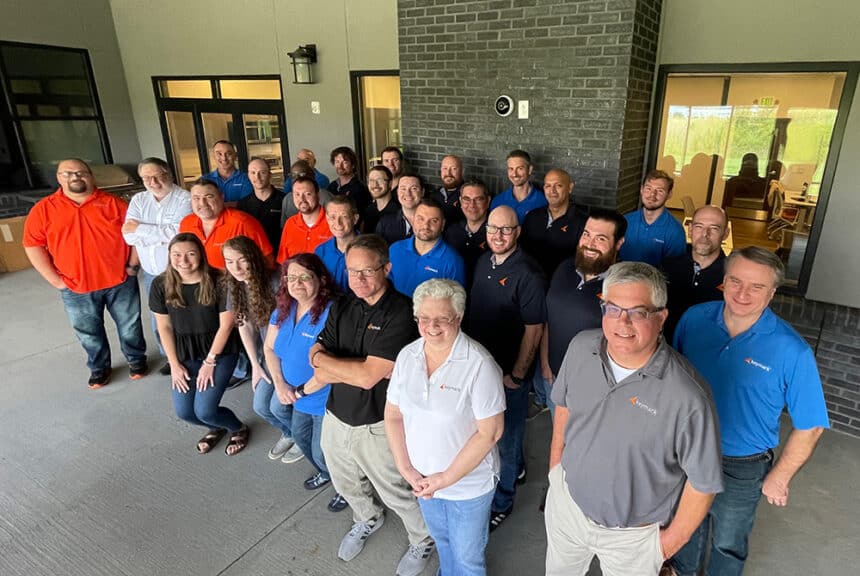Over the past year-and-a-half, many aspects of the way we work have drastically changed. Remote work has greatly increased, companies have reinvented the way they operate, and employees have experienced a shift in the way they view their jobs. For many government organizations, one unexpected consequence of these changes has been difficulty with employee retention. Simply put, many workers aren’t willing to perform the jobs they did in the past, opting for easier, more flexible, or more engaging work.
So how do these organizations solve this problem? With technology that is readily available.
Using Robotic Process Automation to Get Work Done
Robotic Process Automation, or RPA, is a proven technology that automates repetitive computer-based tasks, quickly completing work that used to require human interaction. For example, a RPA ‘digital worker’ can retrieve data from a web portal, then properly enter and index the data into the correct internal system.
The list of use cases for government organizations is long – because data entry will always remain a crucial, yet mundane part of public sector work. As generations of workers become less and less willing to perform what they consider to be boring jobs, the need for technology like RPA will only increase.
Here is a further look at what Robotic Process Automation can do:
- Gather, collate, and validate information automatically
- Record and transport information and data
- Monitor, detect or report operational performance
- Learn, anticipate, and forecast behavior or outcomes
- Consistently deliver 100% accurate data
Don’t Worry, It’s Secure
A huge concern for any government organization is security – the data they handle cannot be mismanaged, misplaced, or stolen. The good news with Robotic Process Automation is that the technology cannot do anything that it isn’t programmed to do. In other words, an organization makes the rules for its digital workers, and once those are in place, they can’t break them.
With this in mind, it’s important to understand that a successful RPA deployment requires proper planning. Because they handle sensitive data, digital workers in a government organization should always have accountability and oversight in place, as well as audit capabilities. With the proper framework in place, RPA is more than capable of securely handling data with 100% accuracy.
RPA — Your Digital Workforce
If your organization is struggling to retain employees, Robotic Process Automation is the tool that can get you back on track. To learn even more about this technology, our eBook The RPA Cheatsheet can help you quickly engage with the basics. Or, to watch digital workers perform tasks in real time, check out this video demonstration. In the quickly changing work environment of the past few years, RPA can be the answer to getting the mundane, yet absolutely crucial work done at your organization.



